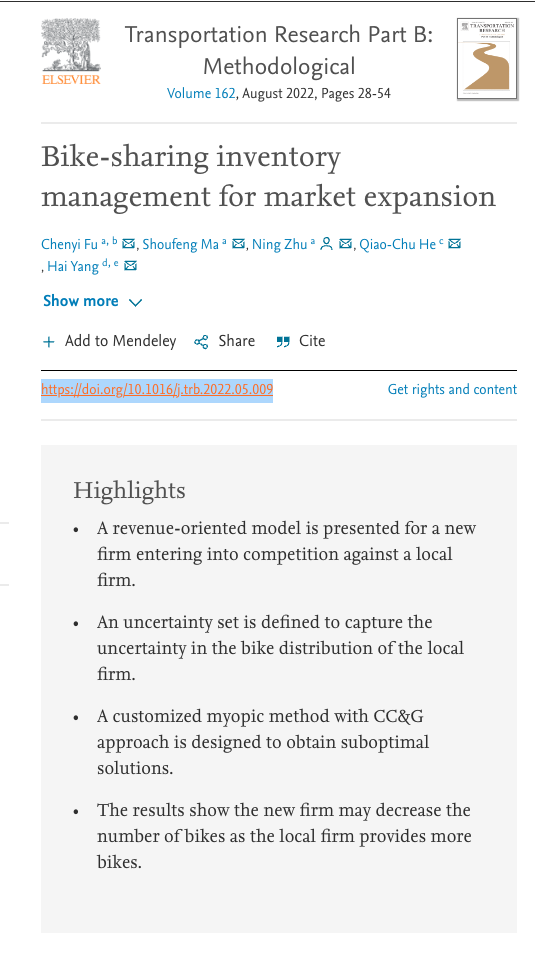Over the past two decades, bike-sharing systems have grown significantly worldwide. Compared with that of other business sectors, the means by which revenue is obtained in the bike-sharing industry is unique. When the market in a region or city is saturated, an efficient way for a firm to increase revenue is to enter a new market. In this study, we design a revenue maximization-oriented decision tool to support the operational decisions of a new competitor firm entering into competition against a local firm. It is assumed that operational-level information from the local firm is unknown to the competitor firm. A new multi-stage max–min–max robust maximization model is proposed. It aims to optimize the dynamic bike inventory to maximize the worst-case revenue that the competitor firm may achieve. The worst-case revenue is treated as the baseline revenue for the competitor firm according to which rational decisions can be made. Specifically, we construct an uncertainty set to capture the uncertainty in the bike distribution of the local firm. To work with this nonconvex model, we design a myopic method, inspired by a special two-stage model that can be solved with a customized constraint-and-column approach, for obtaining the upper and lower bounds of the potential optimal revenue in our multistage model. The results of numerical experiments illustrate that the approximation approach has satisfactory computational efficiency and generates a tight bound of the optimal baseline revenue. Sensitivity analyses show that the new competitor firm should not increase its investment in bikes when the local firm increases its quantity of bikes because of high depreciation costs. Moreover, the two firms would allocate a similar proportion of bikes to each zone when either of them provides a large number of bikes. When the firms both provide a small number of bikes, the allocation of bikes by the new competitor firm is widely dispersed, while the local firm tends to allocate bikes across several zones with high demand. Furthermore, on the premise of a given target, increasing the bike acquisition can improve the robustness of revenue estimation for the competitor firm.

